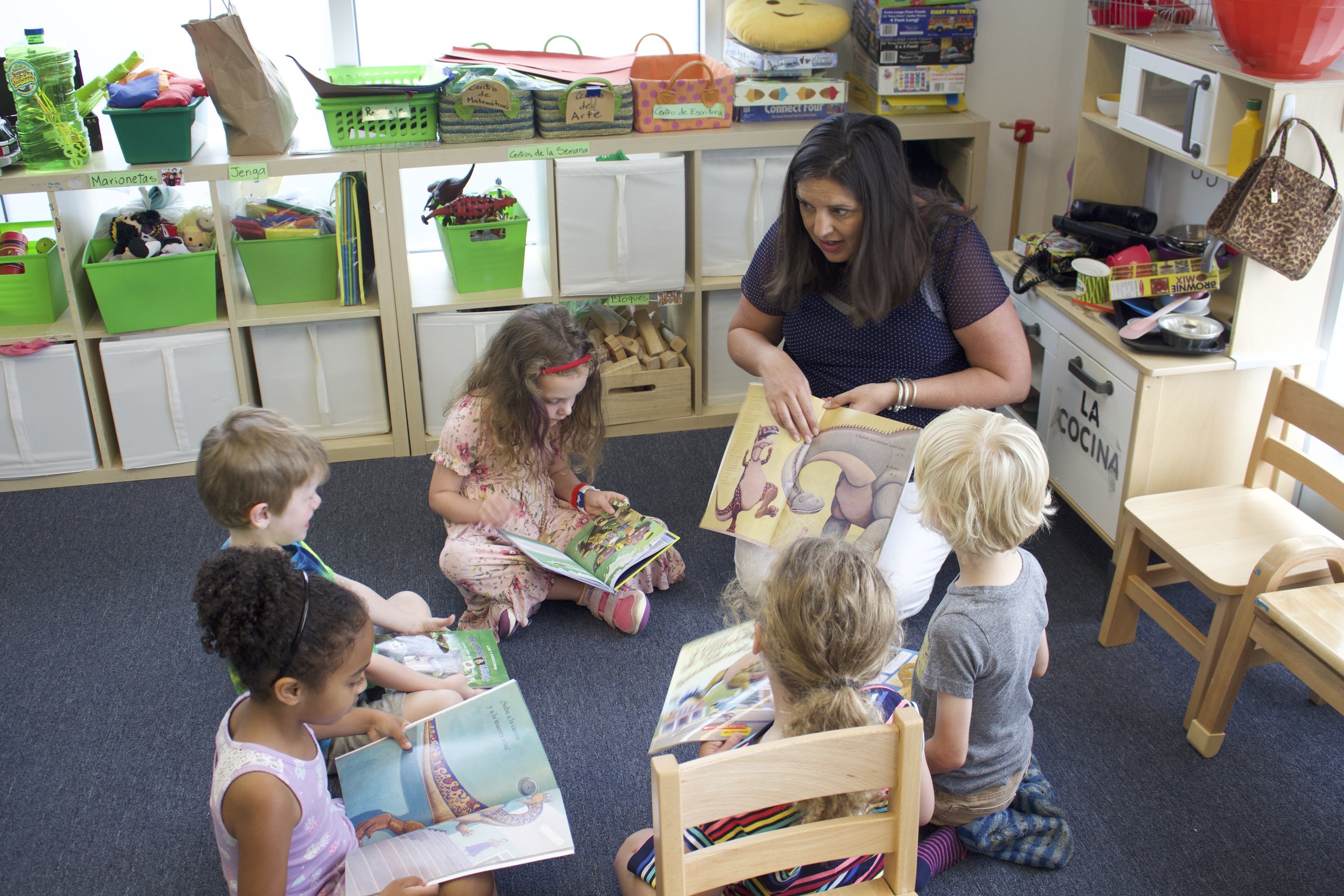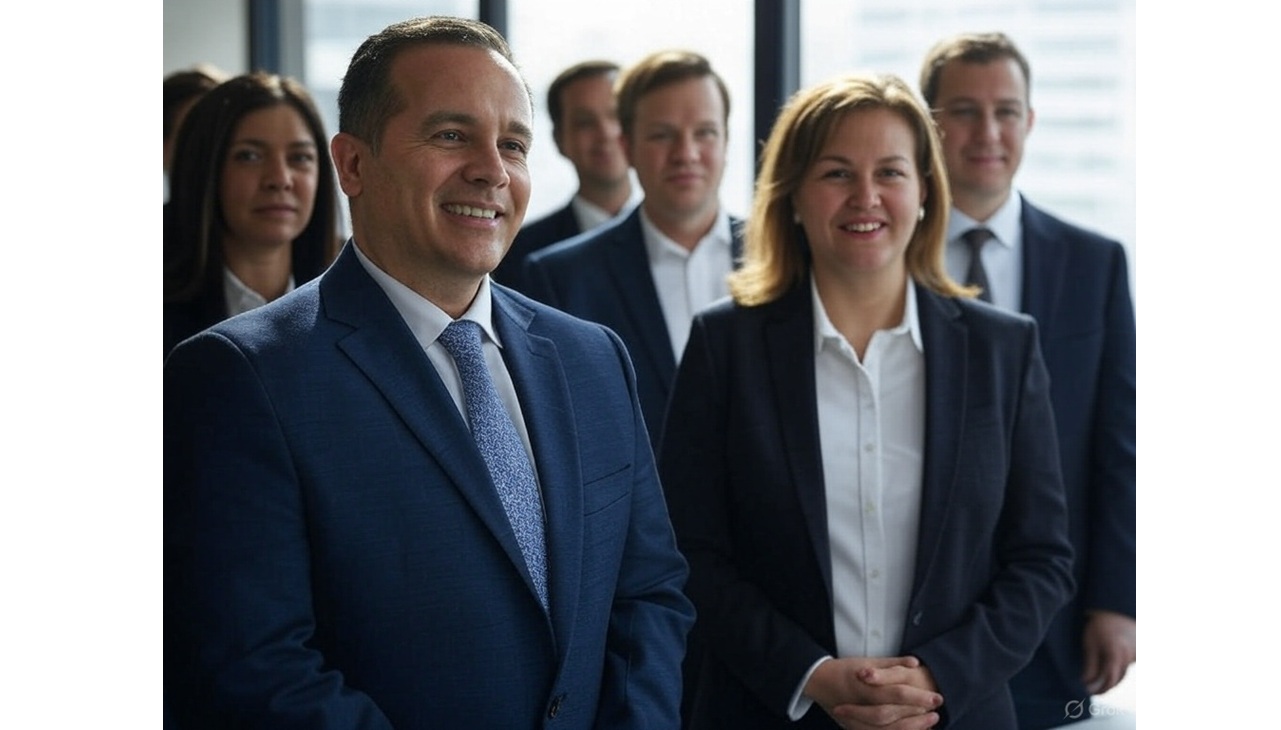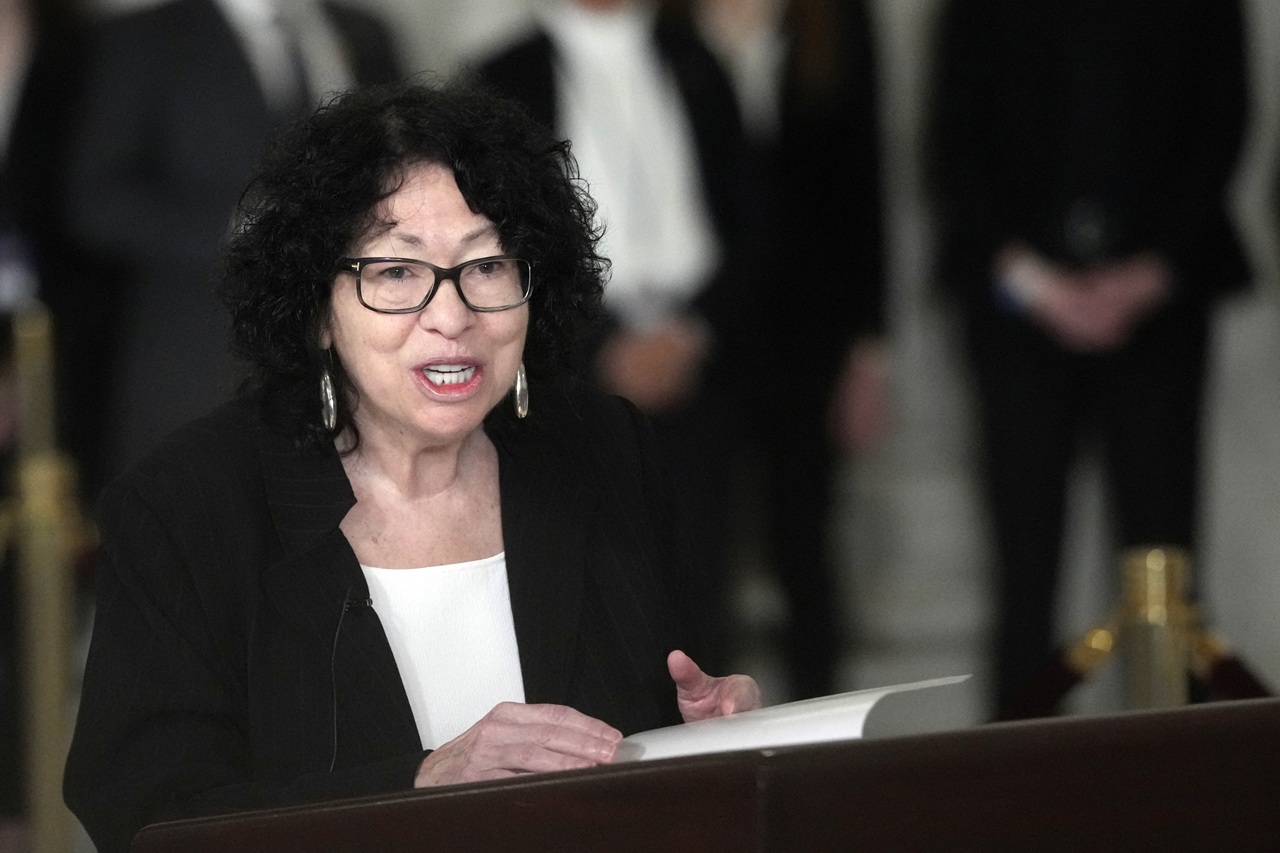
Promoting bilingualism for youth through Spanish immersion
Being born and raised in the city of Fort Worth in northern central Texas, where there is a large Hispanic population, Melissa Page Peter was exposed to the Hispanic community at a very early age.
She also often took trips to Mexico with her grandparents as a child, where they would encourage her to talk to everyone she came in contact with.
Those trips to Mexico were the catalyst for Page Peter in developing what would become a life-long love affair with Hispanic heritage and culture.
“Going to Mexico multiple times a year, I started making friends in Mexico at a very young age, which helped me to really value the language and the culture early on,” she said during an interview. “I just started speaking it and I fell in love with the language and in love with the culture.”
She began taking her first formal Spanish classes in kindergarten. Despite being the only person in her family to really speak Spanish, Page Peter’s love for the language and passion for increasing Spanish language education for people of all ages would eventually lead her towards the path of entrepreneurship.

After earning her Bachelor’s Degree in Spanish at Washington University and a Master’s Degree in Business from South Methodist University, Page Peter moved to Philadelphia, where she has now lived for 10 years.
While working towards a second Master’s Degree in Education at Chestnut Hill College, Page Peter began teaching Spanish and French at the Girard Academic Music Program (GAMP), where she taught for five years.
Through the experience of working at GAMP, she found that most of the students had very little experience with Spanish - and different languages in general.
“They really didn’t have any kind of connection with the language or understand why it was important,” Page Peter said.
“It was tough for them and it was tough for me as a teacher because there was no motivation,” she added.
That’s due, in large part, to the lack of bilingual programs for elementary and middle school students within the School District of Philadelphia.
Bilingual and dual language programs are currently offered at six elementary schools in the city: Bayard Taylor Elementary, Cayuga School, Alexander K. McClure, Lewis Elkin Elementary, Hon. Luis Munoz Marin Elementary, and Southwark Elementary.
“There are a few bilingual programs that are popping up, but it’s something that I think that the city can do a better job with, is having more language education throughout the district,” said Page Peter.
That inspired her to make a change.
In 2015, Page Peter opened Mi Casita Preschool in the Fairmount section of Philadelphia. Mi Casita is the first Spanish immersion preschool in the city, and aims to create a welcoming environment for all parties - students and teachers, as well as parents and families.
By creating an opportunity for children to learn a second language at such a young age, Page Peter believes that that can increase the level of interest for those students to continue as they get older.

Mi Casita focuses on project-based learning efforts that aim towards the development of the full child. Through authentic cultural experiences, activities, crafts, reading, games and more, students at Mi Casita are educated through a wide variety of fun and engaging practices — all in Spanish.
CONTENIDO RELACIONADO
Examples of some of the class subjects include art, ocean habitat, travel, animals, food, business, sports and many more. Real-world practices are then used within the context of the subjects the students learn.
While the students are getting the opportunity to enrich their young minds through bilingualism, Mi Casita also provides teachers with the opportunity to develop their leadership skills.
“The most important thing, of course, is the childhood experience, but I’m all about empowering teachers to develop their leadership skills,” said Page Peter.
Since 2014, Mi Casita has added a second location in Fort Worth, TX, with a third location set to open in Ardmore, PA in January 2020.
“I think that, more and more, we’re becoming a very global society and I think that by learning about different cultures and languages, we’re able to appreciate people’s differences, rather than looking at them from a perspective of fear,” said Page Peter.
According to the American Speech-Language-Hearing Association (ASHA), speaking more than one language helps individuals with things, such as, using information in new ways, as well as connecting with more people.
From an early childhood perspective, it’s really important for social and emotional skills. “Children who speak two languages are generally able to make friends easier, and communicate with more people,” said Page Peter. “It’s also important from an early childhood perspective from like problem-solving skills.”
“They’re able to decode information with much more ease than someone whose monolingual, they tend to do better on their academic testing… it’s really broadening their horizons in every which way,” she added.
The goal is for students who come out of Mi Casita to become fluent in Spanish, and use their bilingualism to navigate further in life.

Page Peter has experienced from others that the opportunity to learn a new language as an adult can be intimidating. However, she encourages everyone to have fun and use language skills to connect with others.
“I see it as a way of promoting peace in a way because you’re able to understand where someone else came from, and understand their perspective more,” she said.









DEJE UN COMENTARIO: